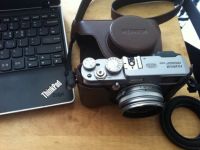-
Start
-
Museum
-
Jeongnimsaji
-
Saddo Gukbab
-
Buyeo Hall of Korean traditional music
-
Revival of Baekje's history
-
Wangreungwon
-
Gudre
-
Busosangseong
-
Baekma River
-
Kungnamji
-
Sindongyeop
-
Finish
We usually used to go to Kyungju which was the capital of Silla for our school trip. So I decided to go to Buyeo which was the last capital of Baekje to tour the history of the city. It preserves the sadness and sorrow of King Euija and Samcheonkungnye, and it's the region of lotus.
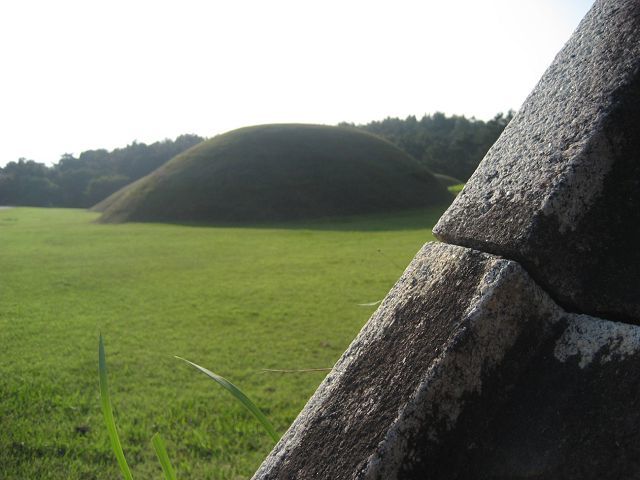
First day: Buyeo museum – Jeongnimsaji – Baekje cultural land – Baekje Wangreungwon – Gudreurae sculpture park
Second day: Baekje Remains in Gwanbuk-ri – Busosangseong – Goransa – Nakhwa-am – Gungnamji – Sindongyep munhakgwan
From Seoul, you can take a bus going to Buyeo at DongSeoul terminal and SeoulNambu terminal. The most preferable transportation is the train from Youngsan station to Nonsan station and take a Buyeo bus which arrives every 20 minutes.
I searched for many other ways to get Buyeo, but I didn't like to travel uncomfortably so I went to Nambu terminal on the last Saturday of August.
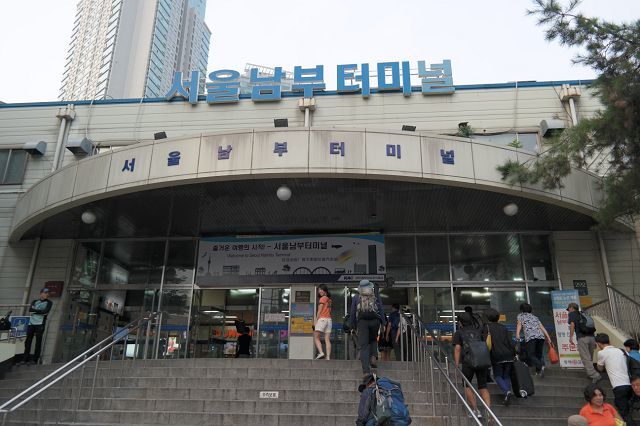
I expected that it there would be not many people because I left early in the morning (at 7:10am), but since it was a weekend, all seats were sold out. I realized that I should have reserved tickets ahead of time. I bought a cup of coffee to wake myself up and started my trip!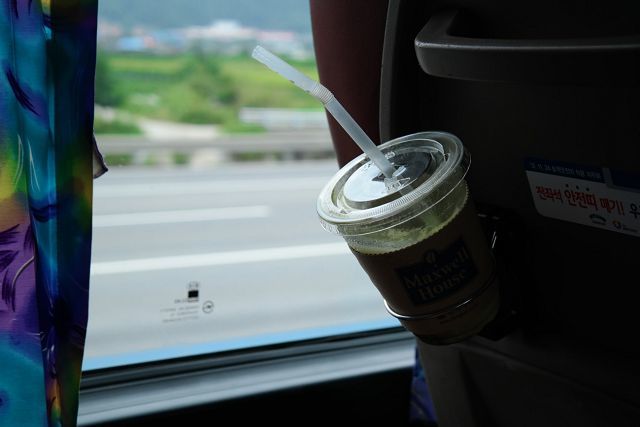
I was excited, but I was worried a bit because it was cloudy. Nevertheless, when I arrived in Buyeo after two hours, it was very sunny as if it welcomed me to be in Buyeo.
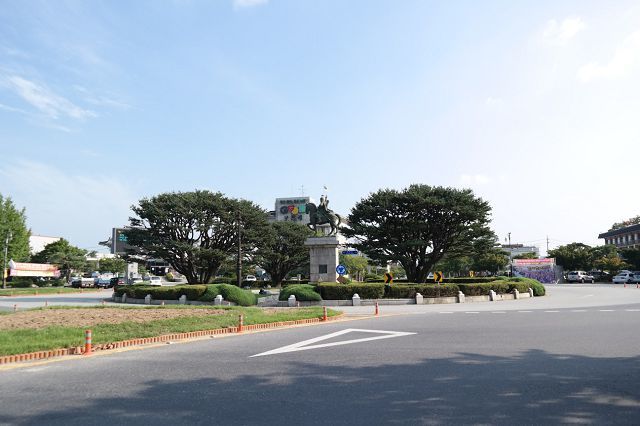
“I finally arrived in Sabi~!!" Both 'Sabi' and 'Soburi' are other names for Buyeo. Even though Buyeo is a provincial city, it looks very clean. This city was intentionally planned since it was constructed back in Baeje period. There are lots of rotaries and bridges.
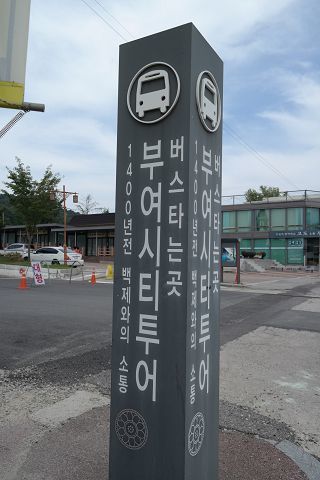
For your comfortable tour, there is a city tour bus in Buyeo. Intra-city buses are not yet developed much so if you want to use public transportation, it's good to use this city tour bus.
There are three different routes operating every weekend so you should check ahead of time and make a reservation until Wednesday. You can tour comfortably without worrying about driving around.
Address: 77, Gwanbuk-ri, Buyeo-eup, Buyeo-gun, Chungcheongnam-do, Korea Busosanseong parking lot (부여읍관북리 77 부소산성 주차장)
Telephone: 041-830-2330 (Chungnam tourist information desk)
Operating hour: May to November (Every Saturday and Sunday) leaves at 10am
Homepage: http://buyeotour.net/
Buyeo National Museum 국립부여박물관
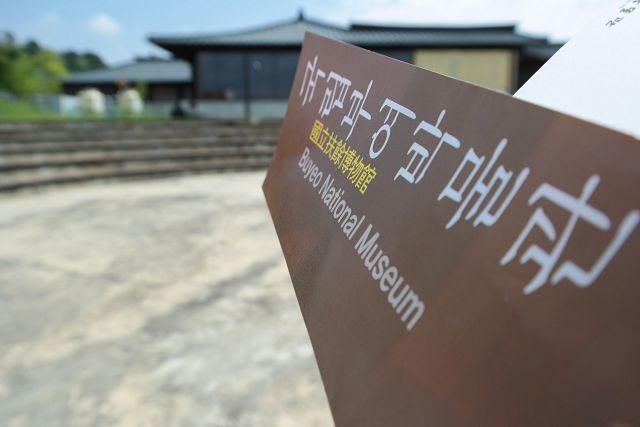
We just scanned Buyeo's street and went to Buyeo national museum. I thought it would be a more fun trip if I read the history and see pictures of places first.
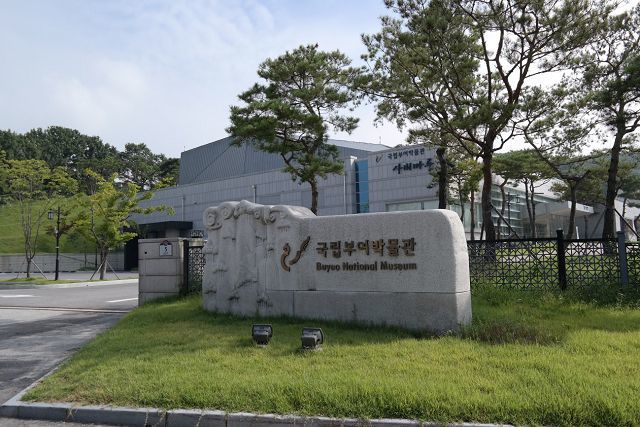
Buyeo national museum is about 1km away from the terminal and has 4 main buildings which are Sabimaru (concert hall), children museum, exhibition gallery, and gallery.
Among them, the exhibition gallery and Sabimaru are only open when there are events or special exhibition.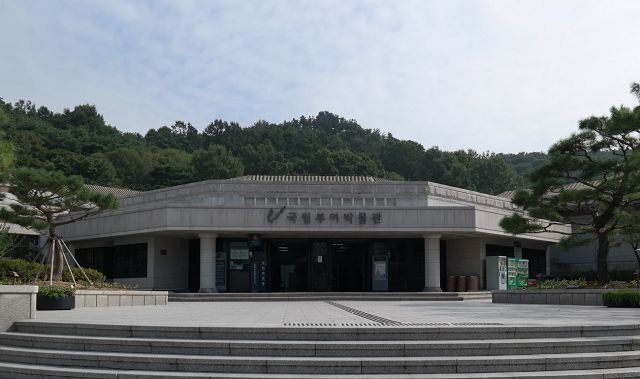
This museum has three national treasures, five treasures, and other 32,000 relic and legacies in total. They displayed and divided 1,000 legacies and relics in first (seonsa period), second (king seong~king wideok period), and third (king moo~king euija period) gallery.
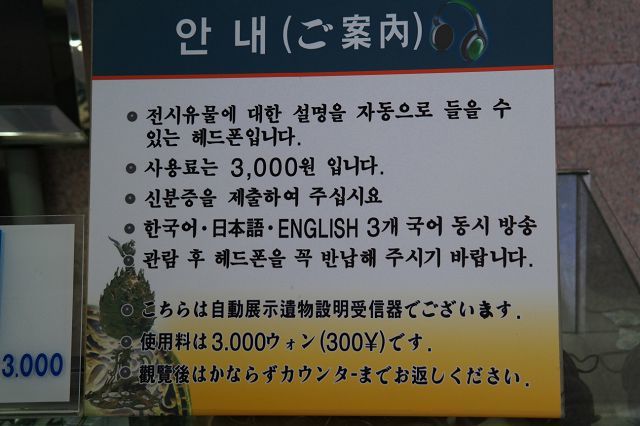
The main building is open for free. There are information booklet in English, Chinese, and Japanese, and information headset in Korean, English, and Japanese at a cost of 3,000won. It's very useful for foreigners and you can also hear it through smart phone application named 'Buyeo national museum.'
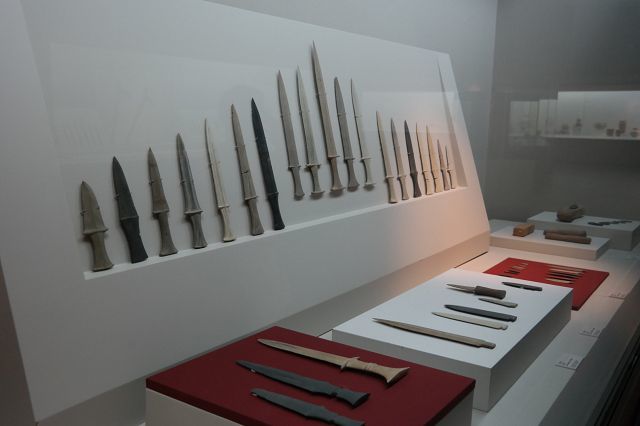
If you go to the first gallery, you can immediately see Korean Dong-geom which is made up of bronze. However, these remains do not only belong to Buyeo's legacies so it doesn't look so special.
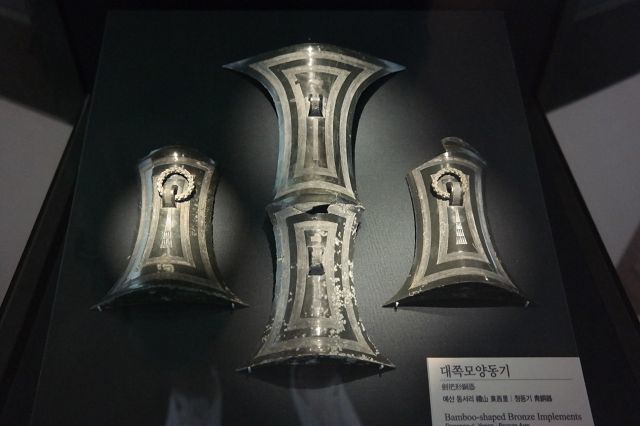
Bamboo-shaped bronze is separately displayed. They predicted that it is related to shamanism. These legacies are only found in Chungcheongdo Keumkang river valley in Korea.
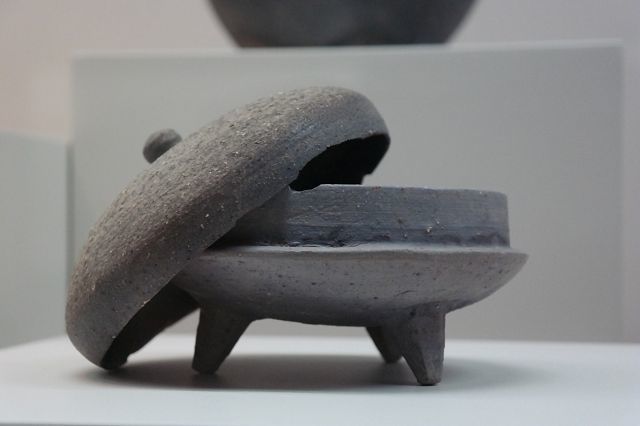
There are general legacies representing Bronze Age like Buyeo Songgukrisik pottery in the first gallery.
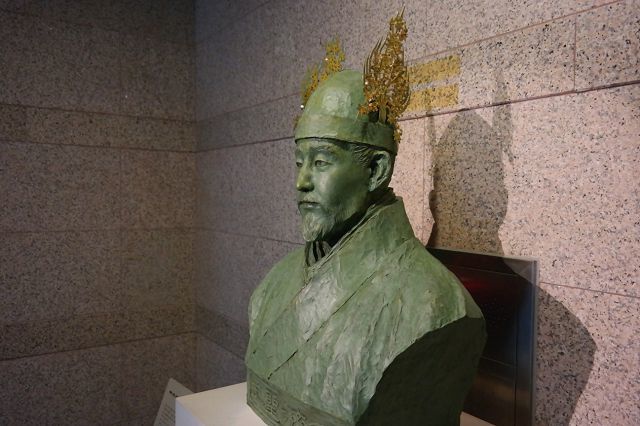
You can see the bust of King Baekje Seong as you enter the second gallery. They finally transferred Baekje's capital to Sabiseong during the reign of King Seong; thus, you can frequently see statues and paintings of King Seong around Buyeo.
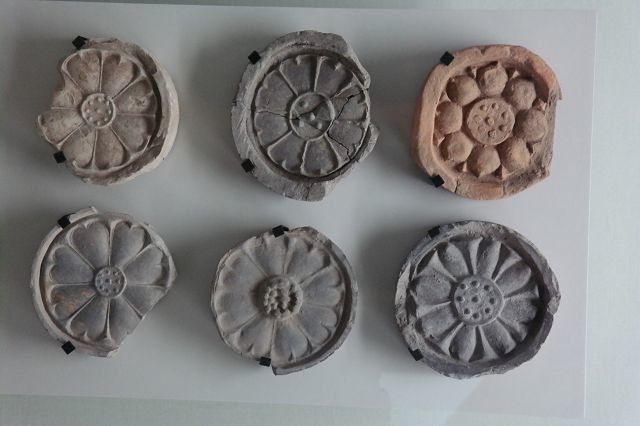
These are lotus-shaped roofing tiles which you commonly see on the roof of palace or Buddhist temple. These are mostly displayed items in the exhibition.
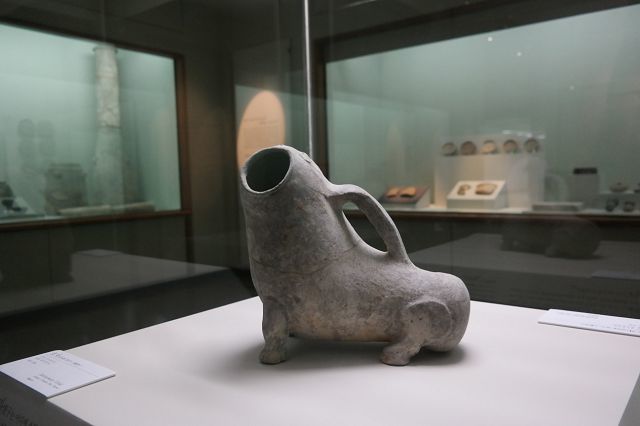
Tiger-shaped Chamber Pot is displayed in the middle of the gallery. At the back of the hole on top, there are small eyes and ears. It looks good as an alcohol bottle, but the explanation says this is a chamber pot for men (where men pee)!!
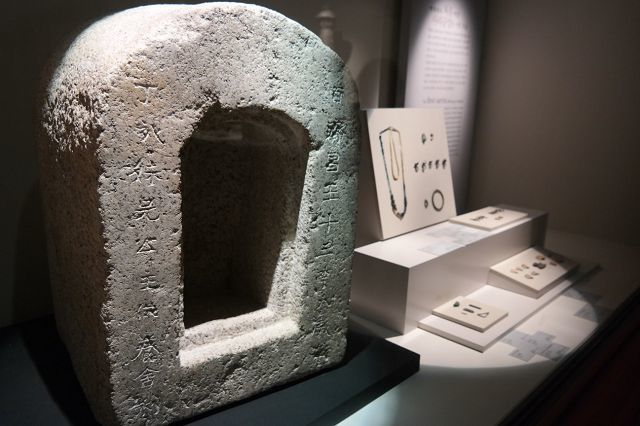
This is Baekje-changwang-myengseok-josarigam discovered in Neungsanri temple site in Buyeo (national treasure no. 288 / 74cm high). It's an small tabernacle of small crystals which keeps small crystals sometimes found among cremated remains of monks in the tower.
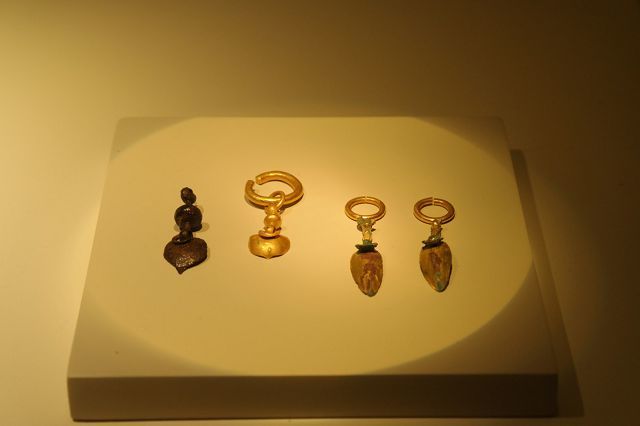
Eventually, some shiny things appeared. While I was impressed by various earrings and jewelries, there was something inside the small gallery. Some shapes you can commonly see anywhere in Buyeo. The best legacy of Baekje…!!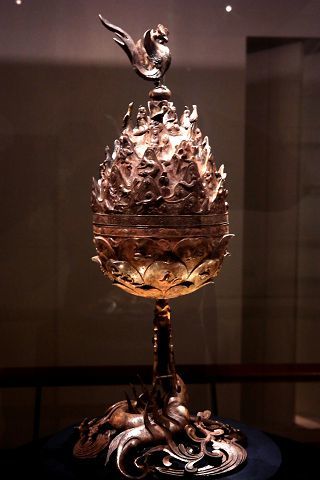
That's Baekje-geumdong-daehyangro which is the national treasure no. 287 (61.8cm high)~! But they were repairing lights of the gallery when we visited. Actually, this legacy is a replica; the actual legacy is only displayed during special period in the exhibition gallery.
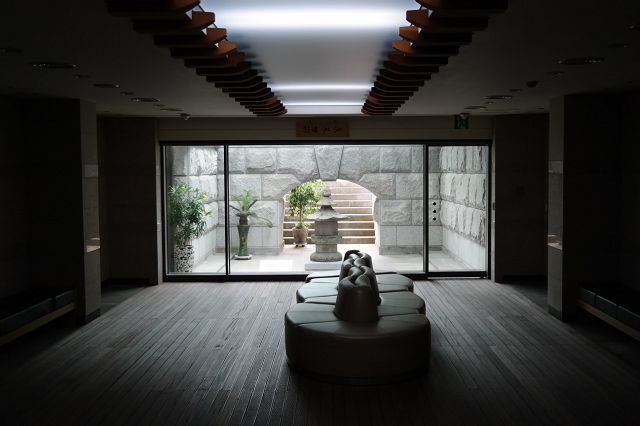
There is a beautiful rest area after the second gallery. I rested for a while here.
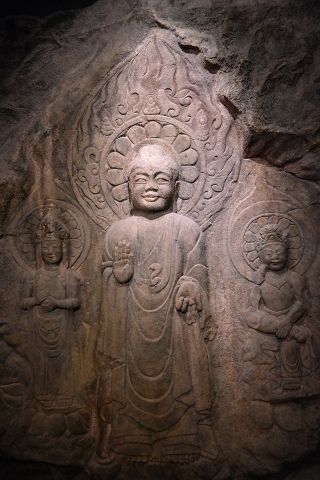
You can see Seosan-samchonma-aebul which considers as the Baeje's smile as you enter the third gallery. It's the no. 87 of national treasures, it shows a warm smile right in front.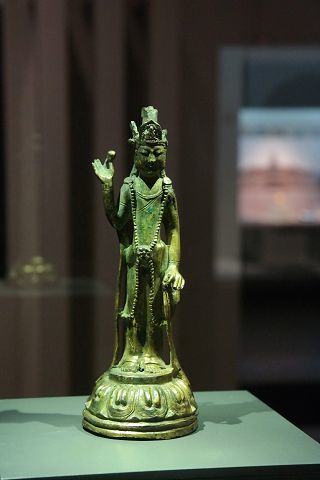
There are big legacies like Chiwei is displayed in the third gallery, but detailed Baeje's special legacies like Keumdong-gwaneumbosal-ibsang (national treasure no. 293) are mainly displayed.
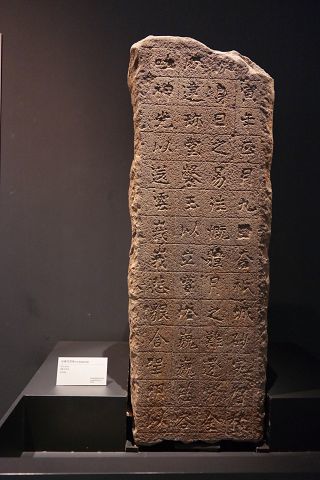
This is Sataek-jijeokbi found in Busosanseong in Buyeo (109cm high). This was pretty much appeared in our history exam back in high school.
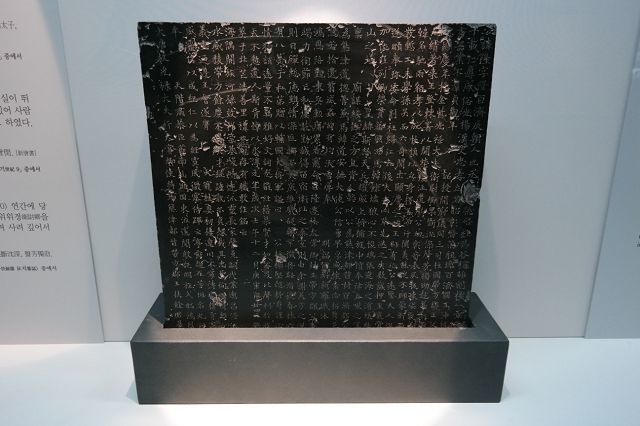
When they were about to unify three countries, there was a Baekje revival movement, but it collapsed. After that, Heukchisangji went to Tang and became a famous general. It's a tombstone of Heukchisangji.
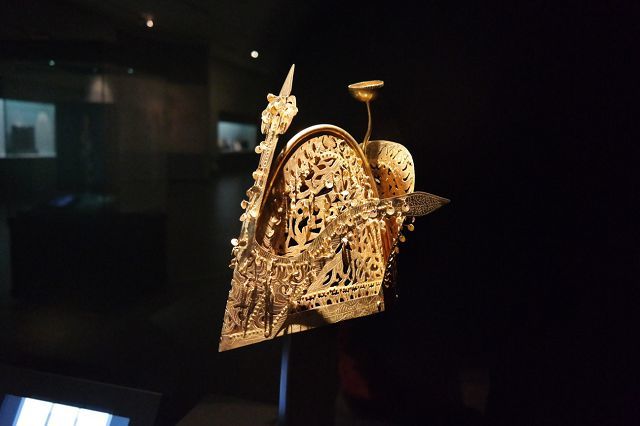
This is a gilt bronze colored official hat worn by officials. It's very fancy and detailed. This is one of the important evidence that Japan accepted Baeje's culture as it is.
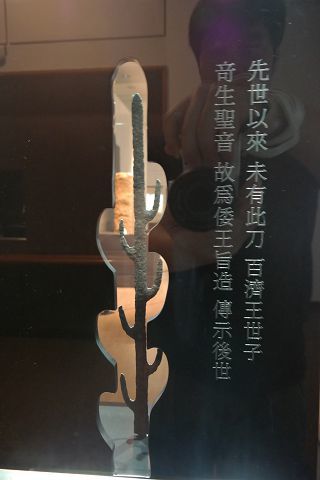
Model of Isonogami-singungchil map is displayed which became Japan's national treasure when king of Baekje bestowed on the king of Japan.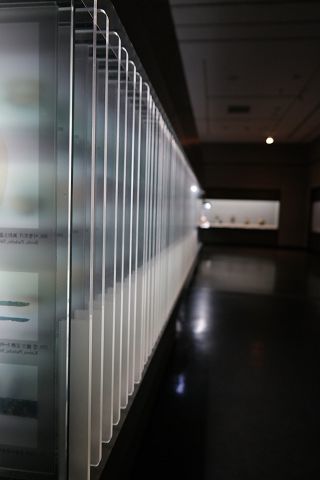
When you go out of the third gallery, there is a donation hall of professor Park Man Sik. They displayed various potteries here. After slowly watching them, you may go to the center garden of the gallery.
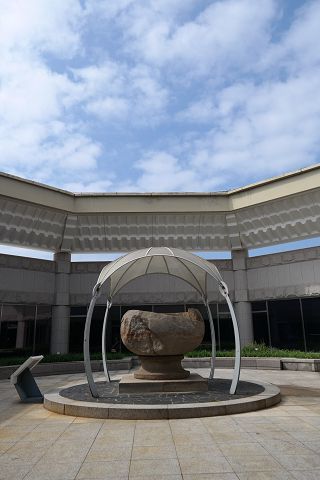
Lastly, Buyeo stone building which look like a huge plate is displayed in the middle of the square. Its use is for growing lotus in the middle. It's found in front of Buyeo-dongheon and they transferred it to the museum during the period of the Japanese Empire.
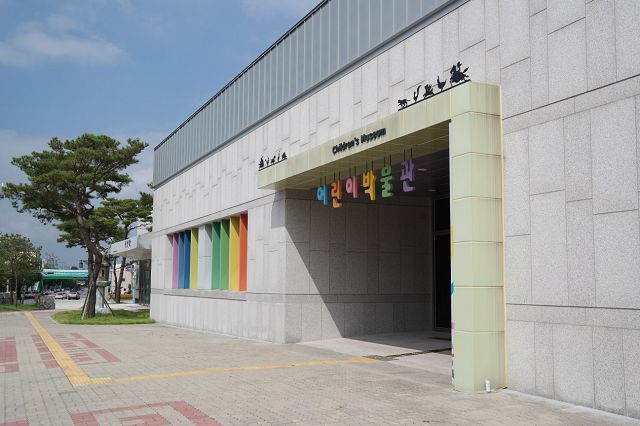
I went out of the main building and went to the children's museum where it's famous for experience learning. There were not many people because it was a bit early (around 10am).
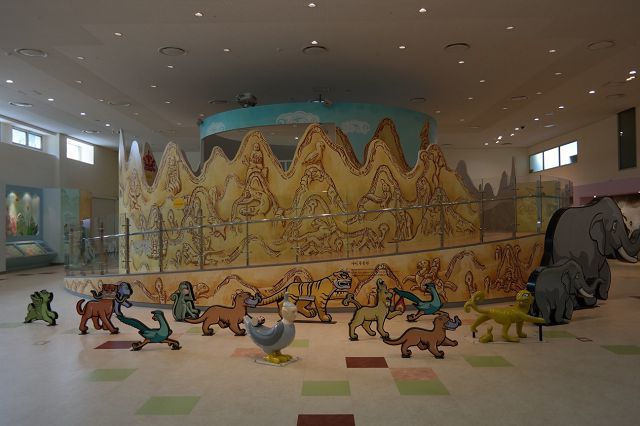
If you go inside, there are play ground that is made out of imaginary gilt bronze daehyangro and history and legacies of Baekje in animation to help children to learn the history while playing.
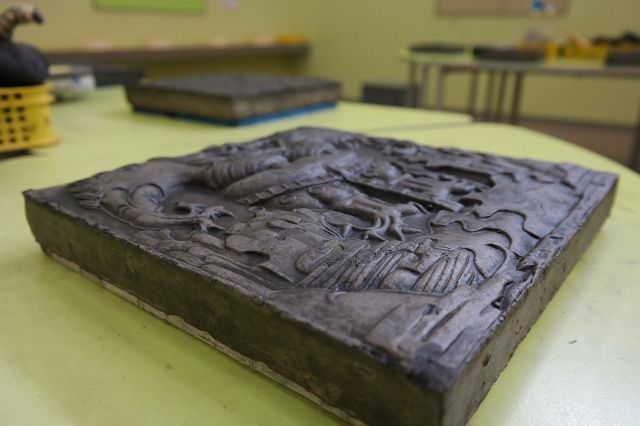
There is a place where you can experience rubbing of dragon or lotus shaped bricks or roofing tiles. You can also see a demonstration of glass industrial arts.
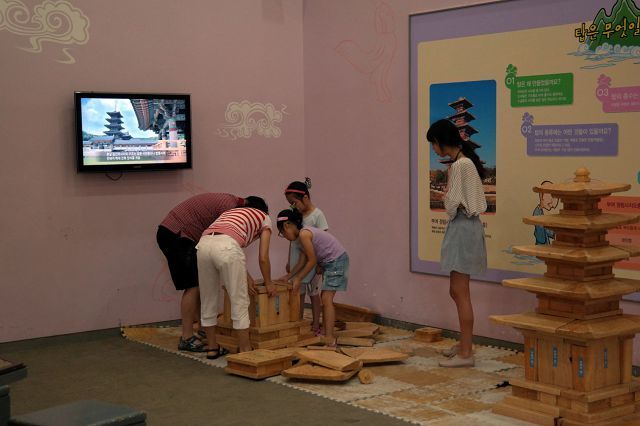
On the other side, children are making a tower with their parents.
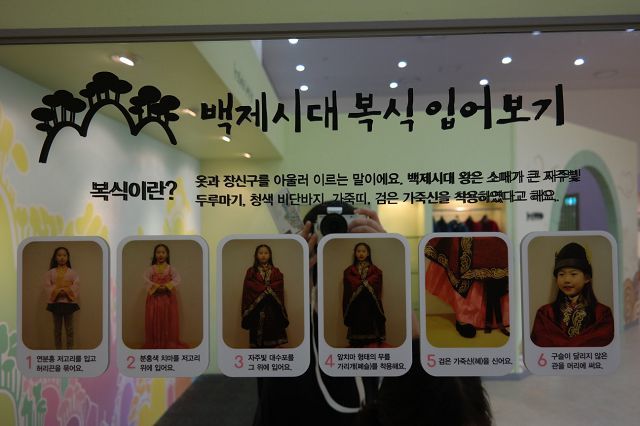
Among many other facilities, we chose to wear clothes of Baeje. It's well explained about how to wear it on the mirror so I was about to follow it.
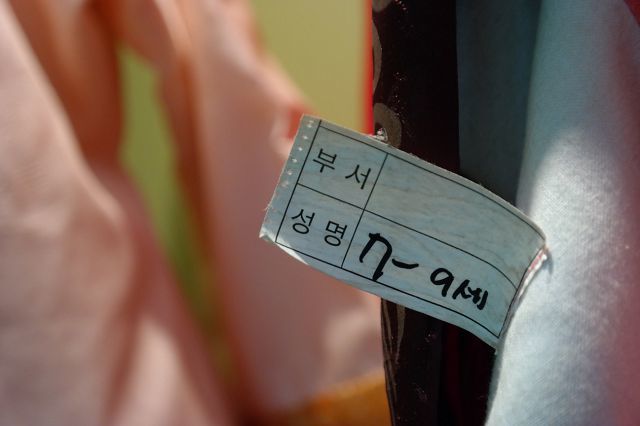
But!! I forgot that it was a children's museum. Hence, I only tried a hat instead of clothes.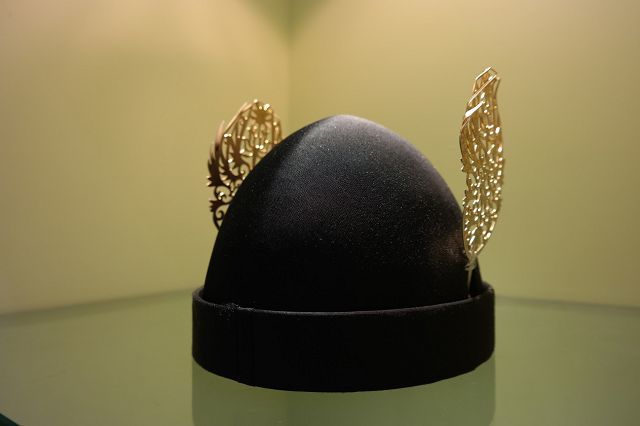
....But I think my head was also big enough that it didn't fit me...
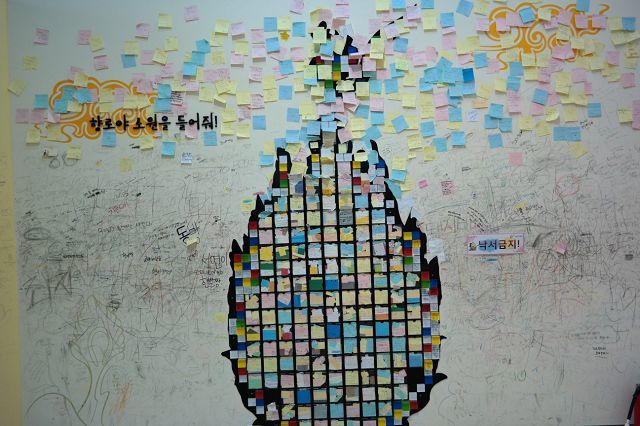
On the wall at the exit, there is a pot-shaped wish list where children can write their wishes. I wanted to write "I hope adults can experience those activities in the museum, too!"
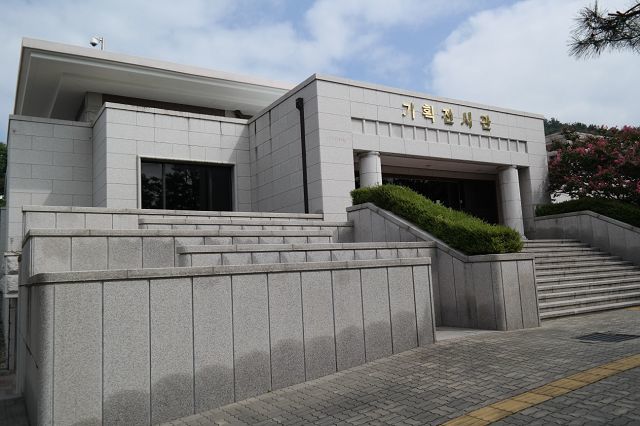
Exhibition gallery and Sabimaru were not open because there was no event. There were legacies during Goguryeo period like Dongsari stone tower in the outside gallery, but I wanted to see the actual legacies personally in the site so I headed to the next destination.
Address: San 16-9, Dongnam-ri, Buyeo-eup, Buyeo-gun, Chungcheongnam-do, Korea (충청남도
부여읍 동남리 산16-9)
Telephone: 041-833-8502
Operating hour: 09:00~18:00 (weekend ~19:00) / April~October Saturday ~21:00/ Close on Monday
Homepage: http://buyeo.museum.go.kr/









